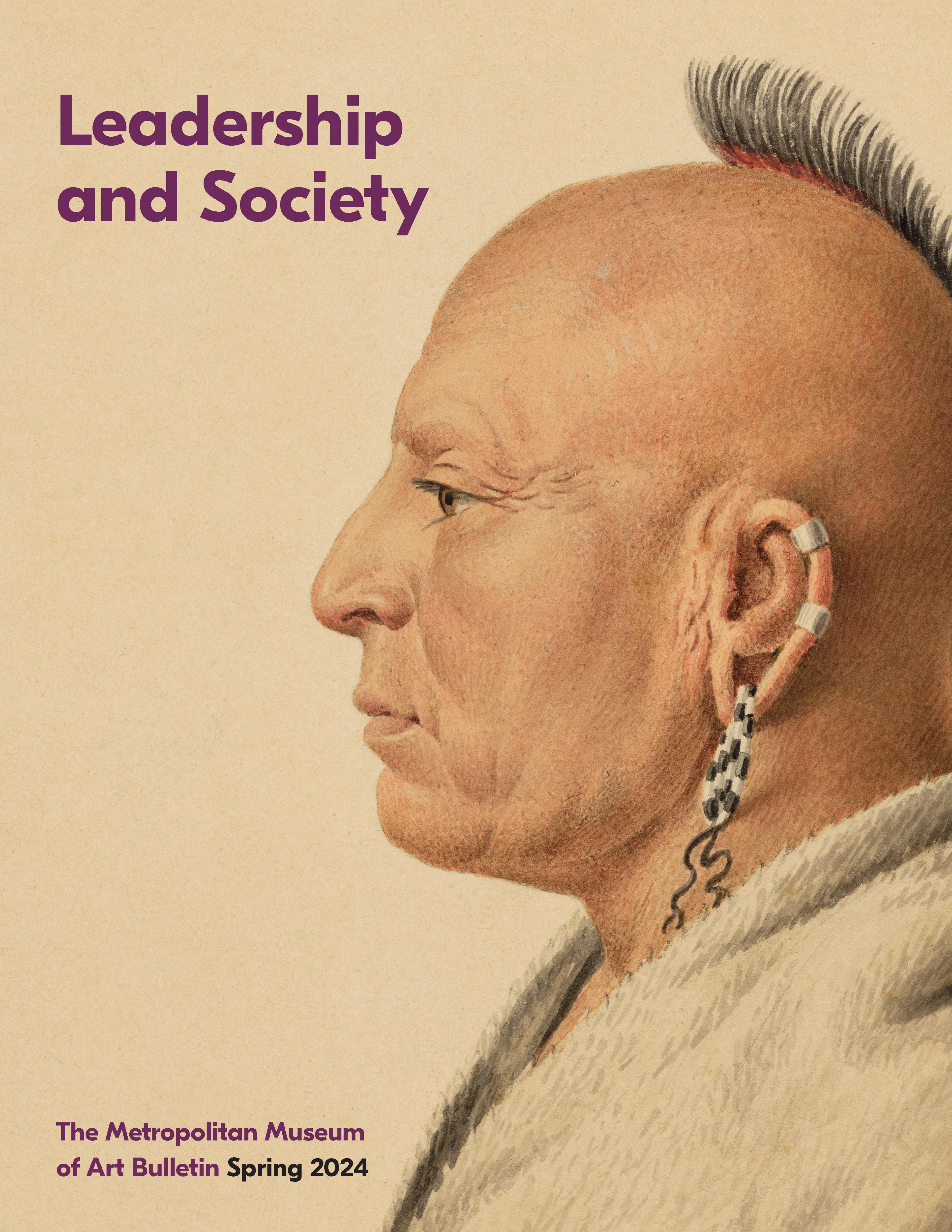English
Doorway from Moutiers-Saint-Jean
According to tradition, the monastery of Moutiers-Saint-Jean was founded by the first Christian kings of France, Clovis and his son Clothar. They are almost certainly the donors standing at either side, presenting their charters. The small seated figures on either side represent ancestors of the Virgin and Christ, including Moses. The tympanum above shows the Coronation of the Virgin in heaven, one of the most popular subjects in thirteenth-century French art. Despite damage sustained during tumultuous times, the naturalistic rendering of the anatomy, the plant motifs, and the delicate details throughout make this doorway an exemplary testament of the
Gothic style.
Gothic style.
Artwork Details
- Title: Doorway from Moutiers-Saint-Jean
- Date: ca. 1250
- Geography: Made in Burgundy, France
- Culture: French
- Medium: White oolitic limestone with traces of paint
- Dimensions: 15 ft. 5 in. × 12 ft. 7 in. × 55 in. (469.9 × 383.5 × 139.7 cm)
Opening: 110 x 66 in. (379.4 x 167.6 cm) - Classification: Sculpture-Architectural-Stone
- Credit Line: The Cloisters Collection, 1932
- Object Number: 32.147
- Curatorial Department: Medieval Art and The Cloisters
Audio
13. Doorway from Moutiers-Saint-Jean
0:00
0:00
We're sorry, the transcript for this audio track is not available at this time. Please email info@metmuseum.org to request a transcript for this track.
More Artwork
Research Resources
The Met provides unparalleled resources for research and welcomes an international community of students and scholars. The Met's Open Access API is where creators and researchers can connect to the The Met collection. Open Access data and public domain images are available for unrestricted commercial and noncommercial use without permission or fee.
To request images under copyright and other restrictions, please use this Image Request form.
Feedback
We continue to research and examine historical and cultural context for objects in The Met collection. If you have comments or questions about this object record, please contact us using the form below. The Museum looks forward to receiving your comments.
